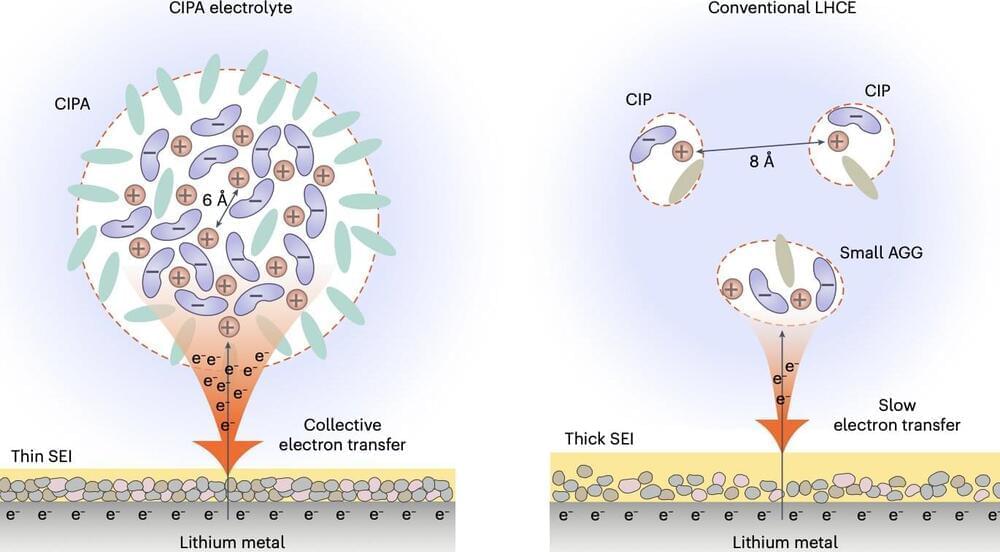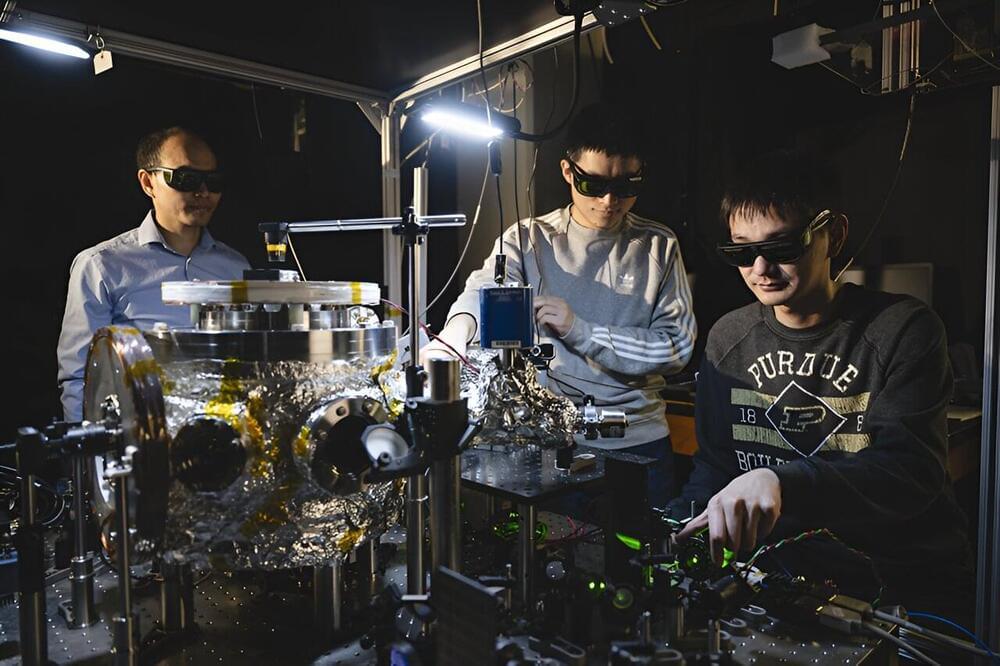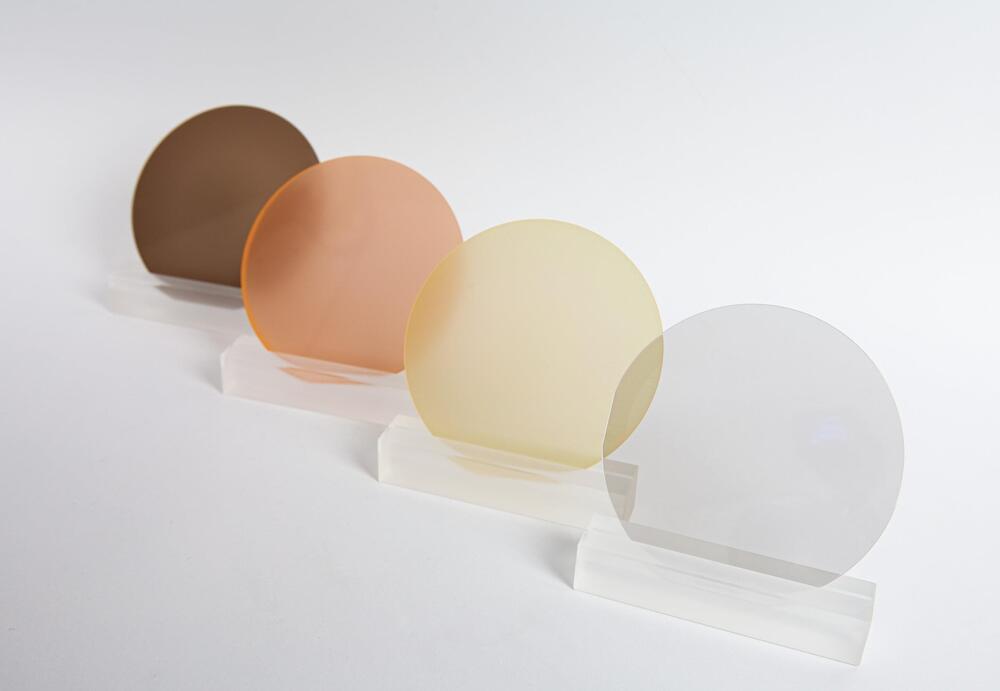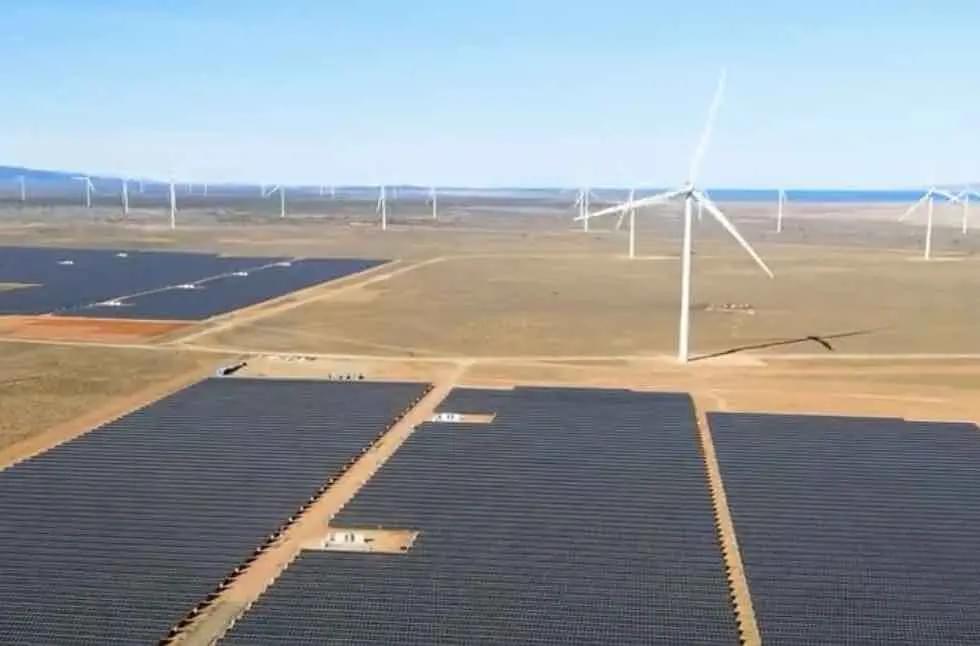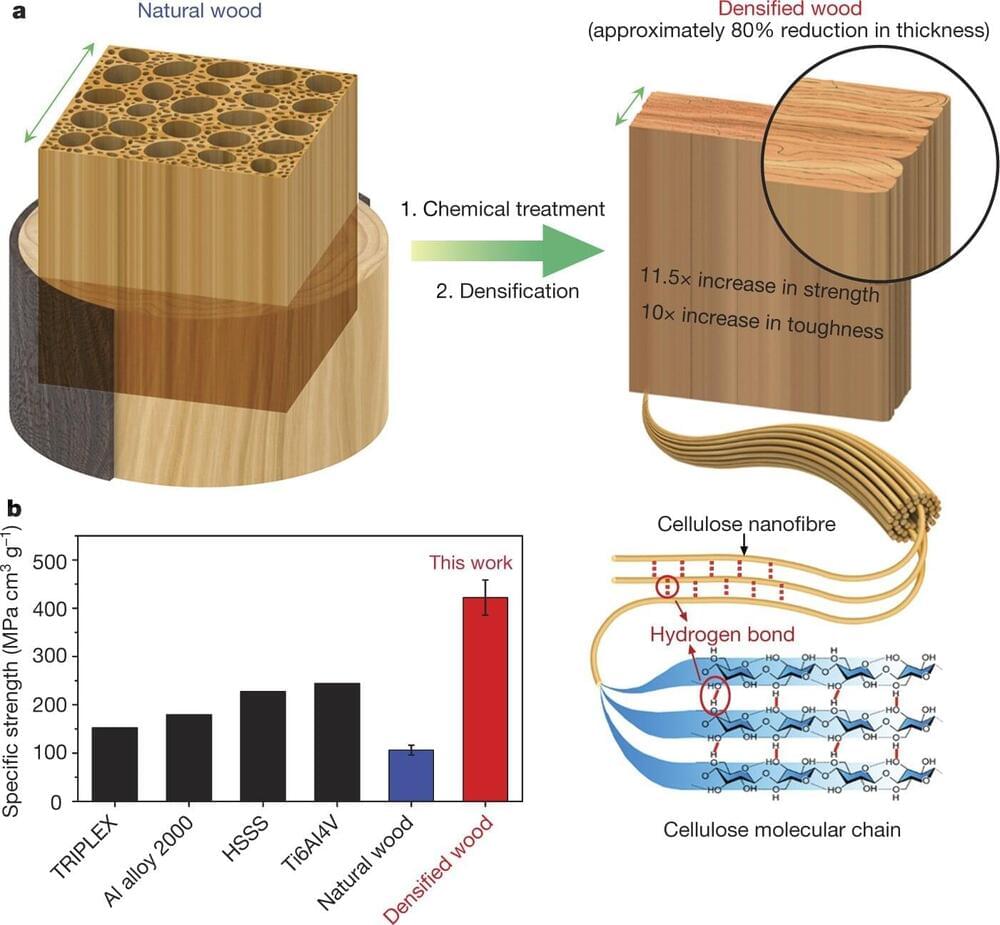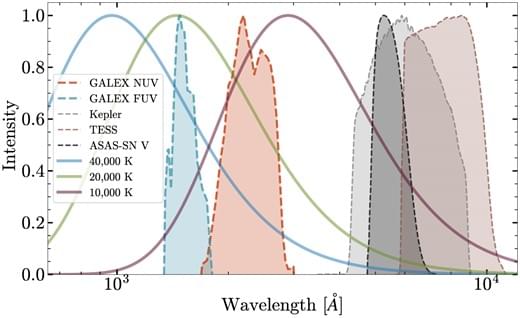Lithium-metal batteries could exhibit significantly higher energy densities than lithium-ion batteries, which are the primary battery technology on the market today. Yet lithium-metal cells also typically have significant limitations, the most notable of which is a short lifespan.
Researchers at University of Science and Technology of China and other institutes recently introduced a new electrolyte design that could be used to develop highly performing lithium-metal pouch cells with longer lifespans. This electrolyte, presented in a paper in Nature Energy, has a unique nanometer-scale solvation structure, with pairs of ions densely packed together into compact ion-pair aggregates (CIPA).
“The primary objectives of our recent work are to markedly accelerate the practical applications of lithium-metal batteries and offer deep mechanistic understandings of this complicated system,” Prof. Shuhong Jiao, co-author of the paper, told Tech Xplore.
